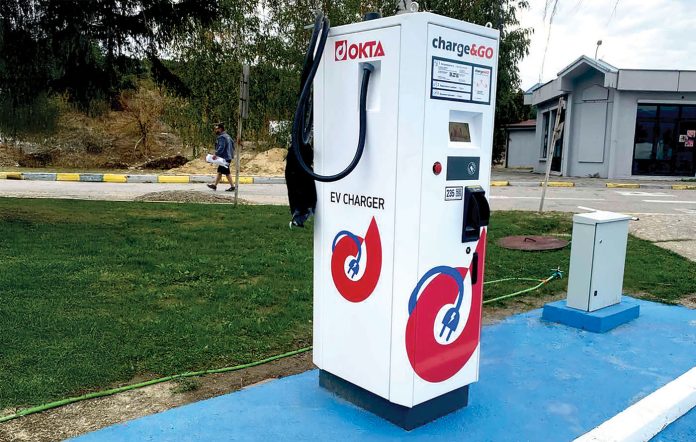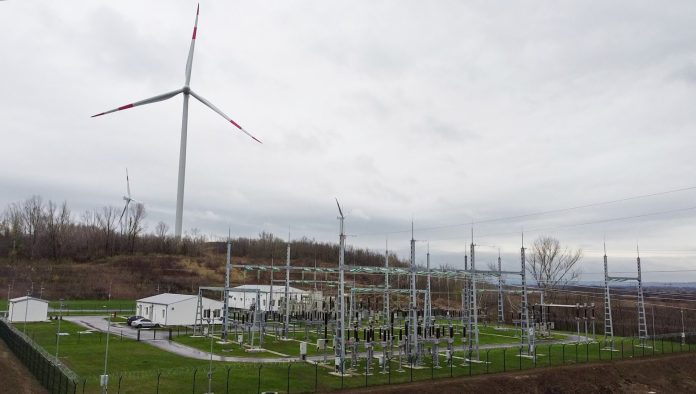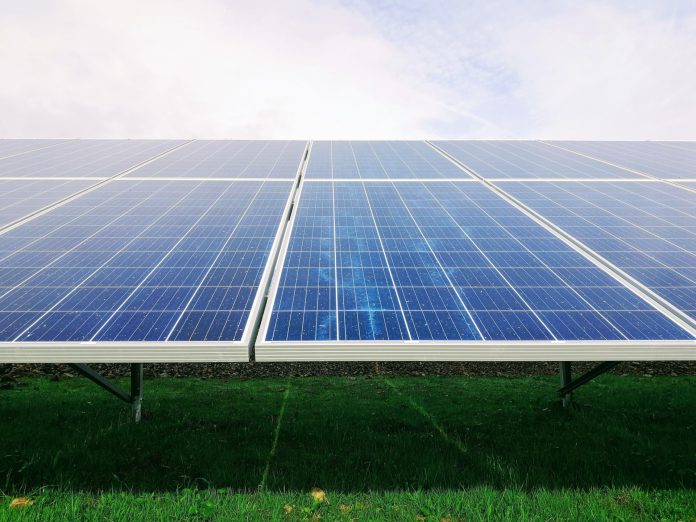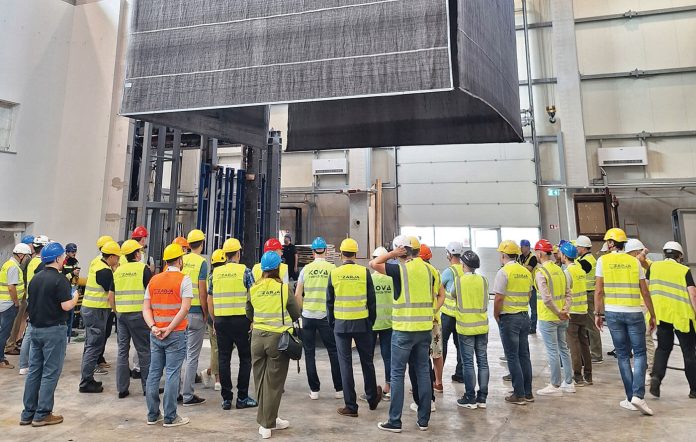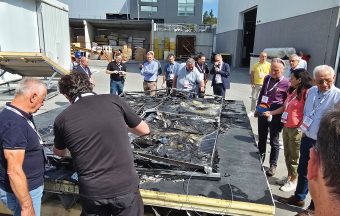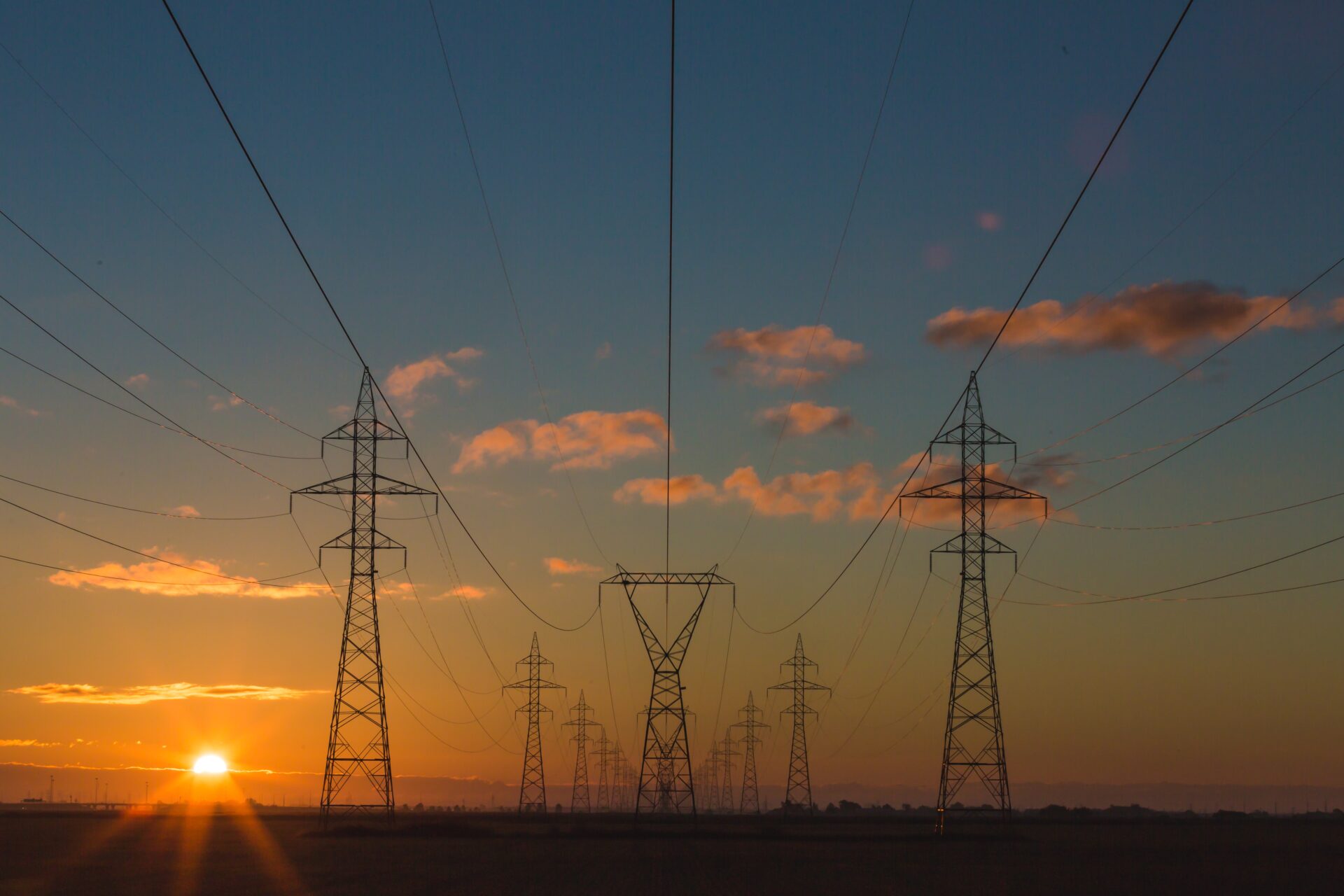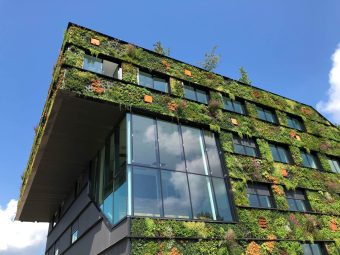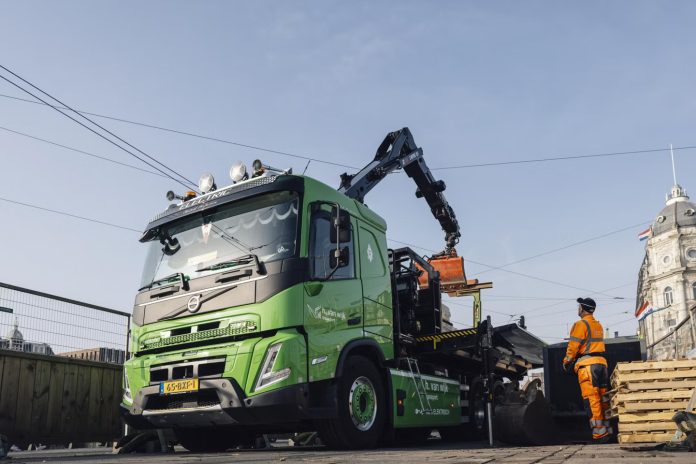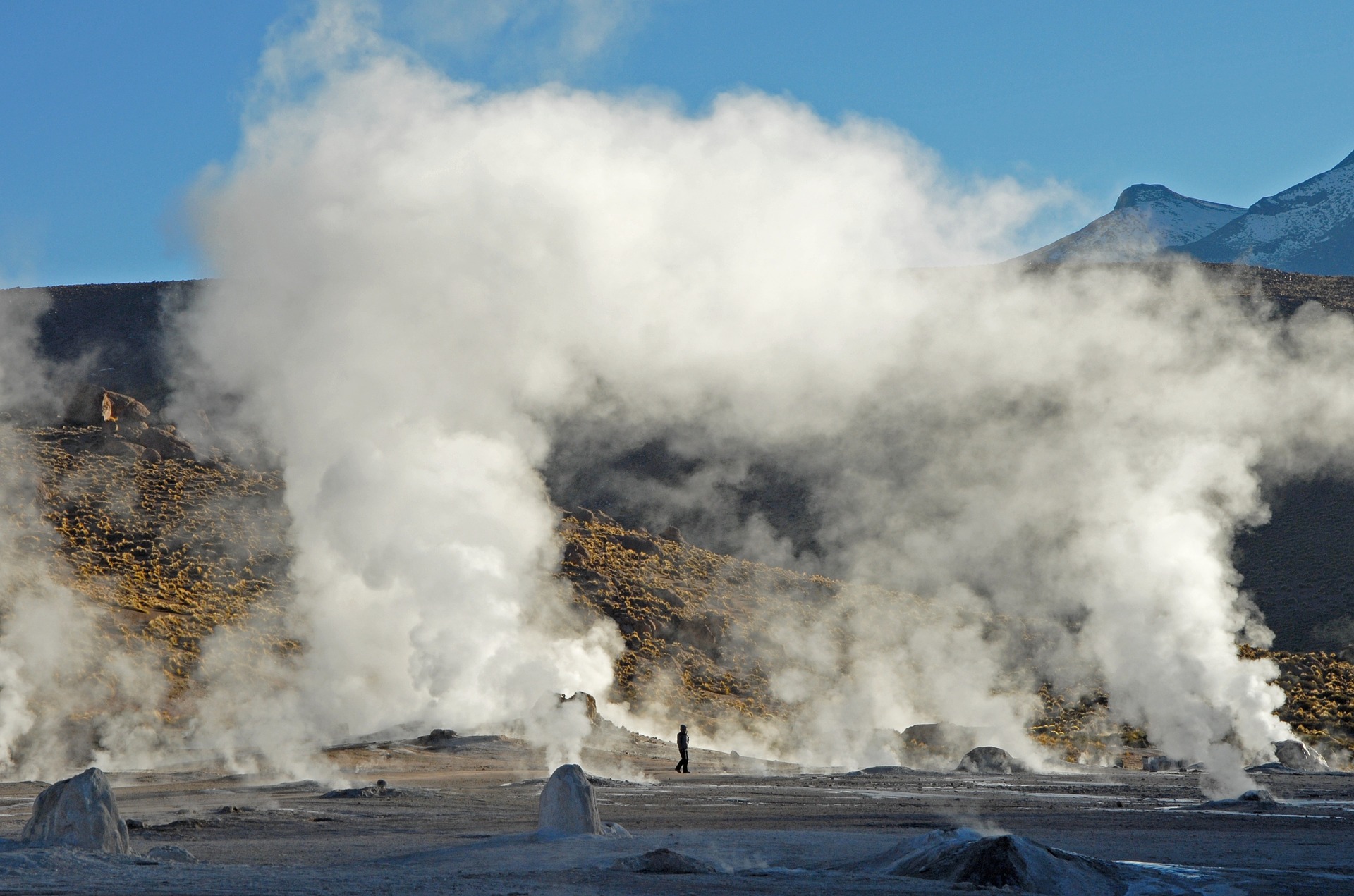C harge&GO remains committed to its mission — accelerating Serbia’s and the region’s transition to sustainable mobility through expanding its charging network and developing modern infrastructure. In October this year, a new 120 kW ultra-fast charger was commissioned at the Riva Shopping Center in Velika Plana, a highly frequented location situated near the highway.
“We are witnessing a constant increase in the number of electric vehicles traveling along this corridor, which undoubtedly deserves additional ultra-fast chargers,” said Tamara Zjačić, Deputy Director of Charge&GO.
According to her, plans for the coming year include the installation of at least 15 new ultra-fast DC chargers — with capacities of 120 kW, 150 kW, 180 kW, and 240 kW — across Serbia.
“Contracts have already been signed, the documentation is being prepared, and we expect construction works to begin within the next month to a month and a half,” Zjačić added.
IN FOCUS:
- Solar energy is the future – but only if it’s safe
- Brutalism and Its Identity in the Era of Architectural Uniformity
- ABB Home Automation in the Service of Energy Efficiency
Fast Chargers in North Macedonia
The electric vehicle market in North Macedonia is still in its early stages, but shows a clear upward trend. Around 300 electric cars are currently registered in the country, while the number of publicly available chargers still does not exceed a few dozen—mostly slower AC devices. For this reason, the main challenge remains developing a fast and reliable charging infrastructure that enables drivers to travel more safely and conveniently.
An additional boost comes from the private sector, including companies such as Charge&GO, which are investing in the construction of a modern network of DC fast chargers.
“Since September, the first 50 kW charger in North Macedonia has been operational, installed at the Oktin gas station in Ržaničino. It is a public charger that users can activate via the Charge&GO mobile app—the same one used in Serbia,” explained Tamara Zjačić, Deputy Director of Charge&GO.
She added that users can, through the unified app, easily access chargers not only in Serbia and North Macedonia but also within the networks of partner operators across Europe.
By the beginning of next summer, Charge&GO plans to install at least seven additional 150 kW fast chargers along the main highways in North Macedonia.
“In the coming period, we will focus on expanding our network and promoting each new charger we put into operation. Our users will be regularly informed about all updates through the app and social media,” announced the Deputy Director of Charge&GO.
Prepared by: Milena Maglovski
The story was published in Energy portal Magazine GREEN ARCHITECTURE

